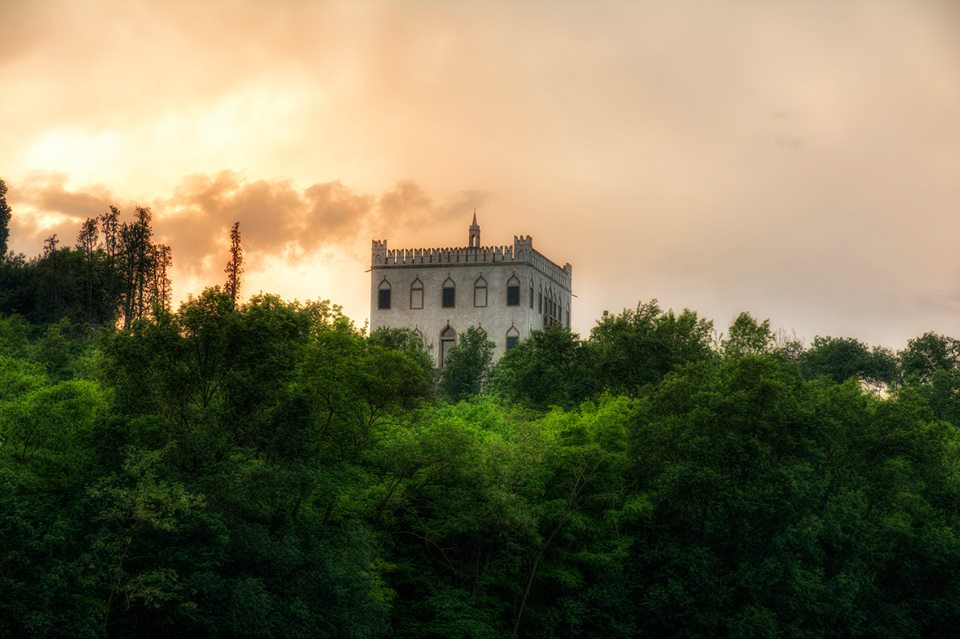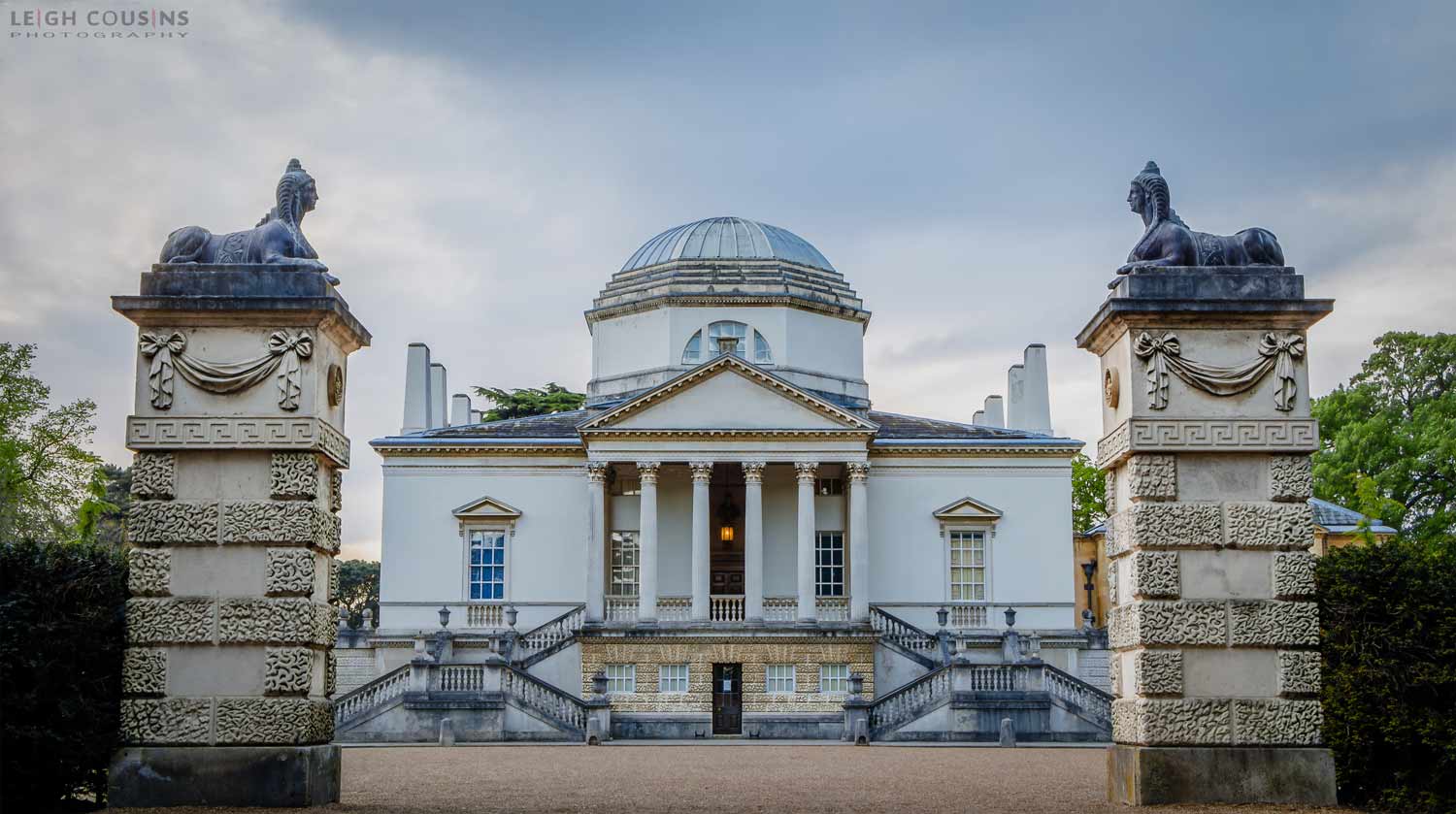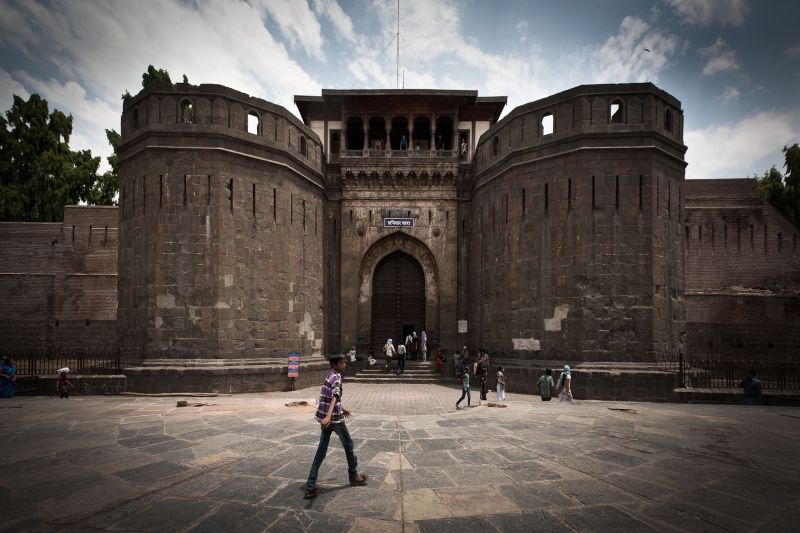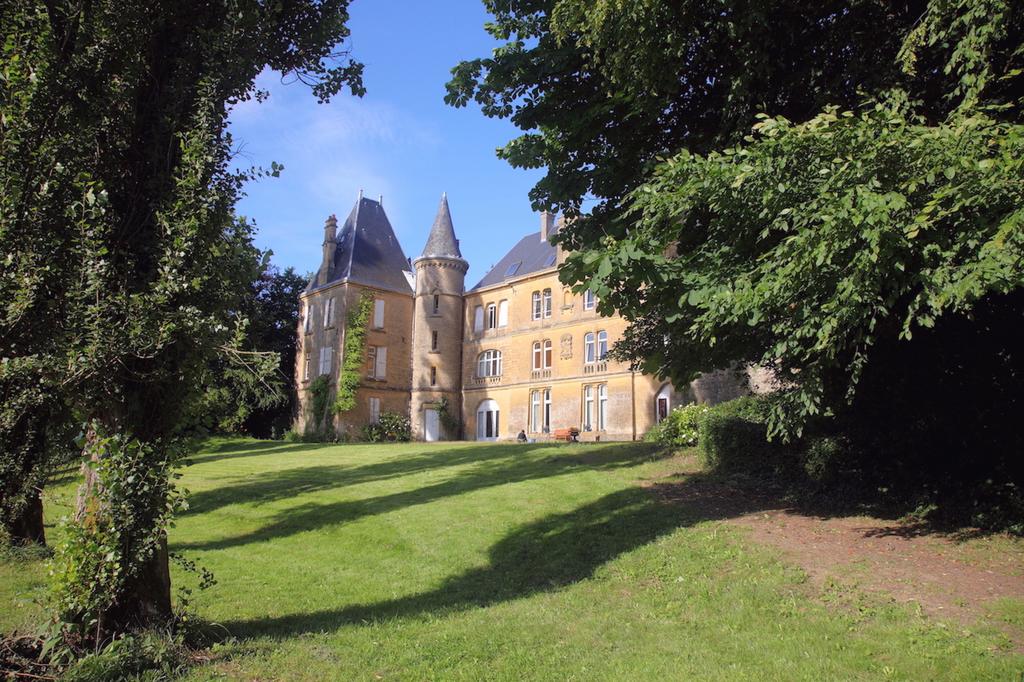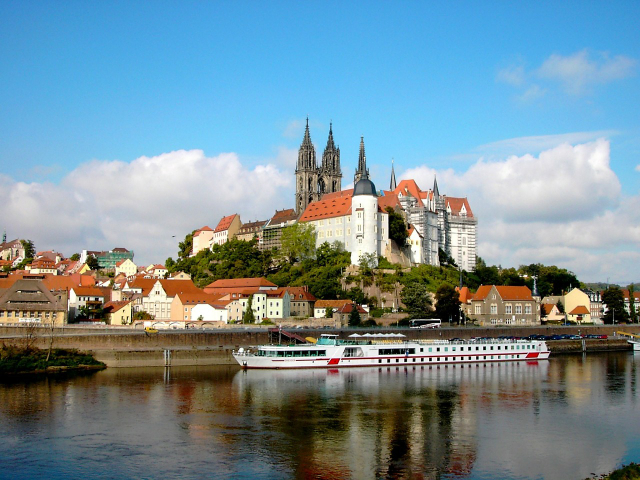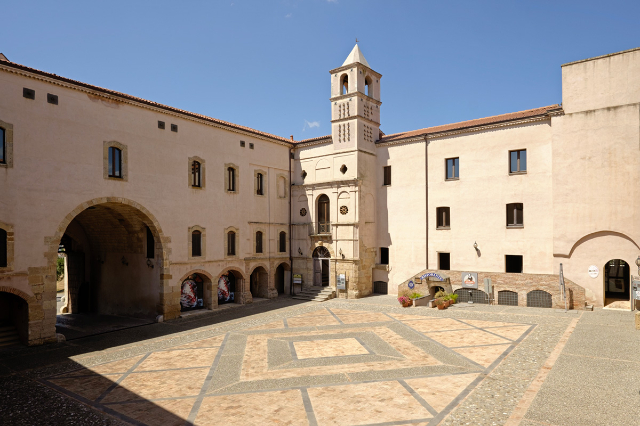Villa Draghi stands isolated on the slopes of Monte Alto, on a small hillock to the west of the town of Montegrotto. The building, as we see it today, is an elegant edifice built between 1848 and 1850 by Pietro Scapin. In its place in the 1600s, there was the holiday home of the Venetian Alvise Lucadello, a wealthy accountant in the service of the Serenissima government. It later passed into the hands of the Donati family, and the seventeenth-century property was then purchased by Scapin, who, finding the villa in a state of serious decay, decided to demolish it and rebuild it. The new building has been largely preserved and for over a century has no longer been known by the name of the ancient owner, but is called Villa Draghi, with reference to the family that owned it from 1874 to 1965.The entire property was acquired in 1972 by the Municipality of Montegrotto Terme, which has recently restored the building, setting up in the rustic annexes of the villa the International Museum of Art Glass and Thermal Baths, which displays objects of great artistic value made by the most famous Murano glassmakers such as Venini, Granieri and Del Negro. A section of the museum houses archaeological finds from the Roman era discovered in the spa area.
Villa Draghi is a two-storey square building in neo-Gothic style, whose most distinctive feature is the elegant swallow-tailed crenellation at the top, a decorative element inspired by the famous Palazzo Ducale in Venice and found in other buildings in the Euganean Hills, such as Villa Zadra in Torreglia and Villa Selvatico in Battaglia Terme. The interior of Villa Draghi is bare, almost no trace remains of the furnishings and the ancient decoration, which must have been very opulent and rich. The last private owners, due to a difficult financial situation and testamentary disputes, alienated all the furniture and sold any decorative element that could be removed from the villa. Then followed a long period of abandonment before the acquisition by the municipal administration, which in turn prolonged the execution of restoration work, which has recently been completed. Today the rooms of Villa Draghi are used for conferences and cultural events, but its intended use is still under discussion to find a greater value. The building, in an undoubtedly privileged position, has a magnificent terrace and a square from which you can enjoy a magnificent view of the spa town and its surroundings. The property also includes a large park of about 30 hectares and part of the forest that covers the hill above, from which some hiking trails of great interest both in terms of landscape and nature.
